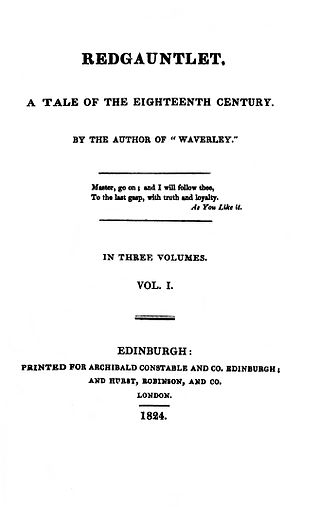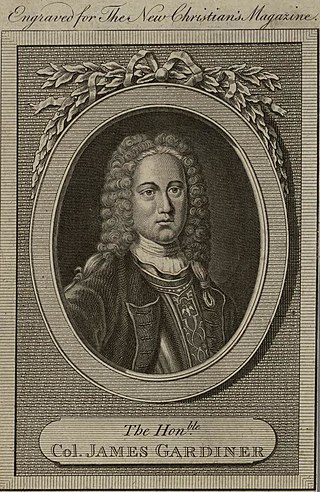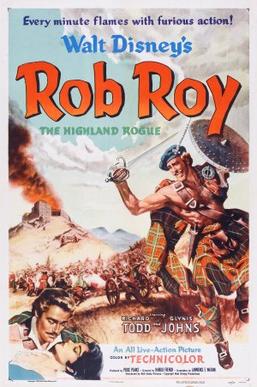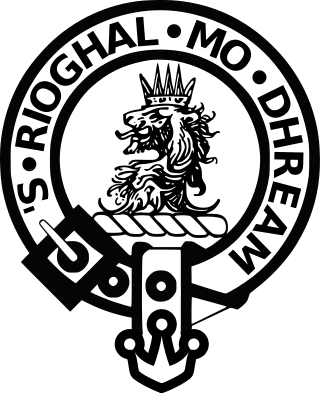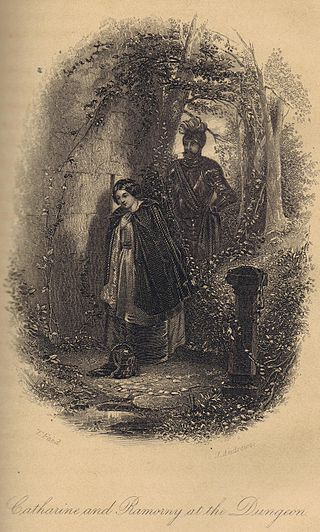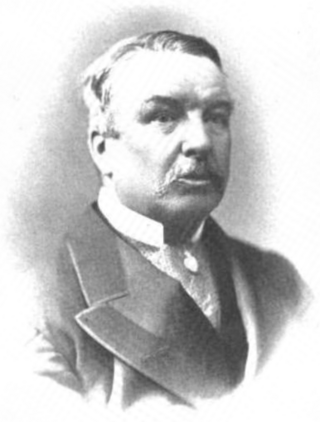Characters
principal characters in bold
William Osbaldistone, of the firm of Osbaldistone and Tresham
Frank, his son
Mr Owen, his head clerk
Morris, a government agent
Andrew Fairservice, Frank's servant
Sir Frederick Vernon, a Jacobite
Diana (Die) Vernon, his daughter
Sir Hildebrand Osbaldistone, her maternal uncle
Archie, Perceval, Thorncliff, John, Dick, and Wilfred, six of his sons
Rashleigh, his youngest son
Anthony Syddall, his butler
Squire Inglewood, a Justice of the Peace
Joseph Jobson, his clerk
Dougal Gregor, jailor at the Glasgow Tolbooth
Bailie Nicol Jarvie, a Glasgow merchant
Jean MacAlpine, landlady of the inn at Aberfoil
Major Duncan Galbraith of Garschattin
Allan Stuart of Iverach, and Inverashalloch, two Highlanders
Captain Thornton, an English officer
Rob Roy MacGregor (Campbell)
Helen, his wife
Robert and Hamish, their sons
Chapter summary
Volume One
Ch. 1: Frank Osbaldistone (the first-person narrator) is summoned home from France by his father to discuss his letter declining to take up his destined place in the family financial business Osbaldistone and Tresham.
Ch. 2: In spite of the best efforts on his son's behalf of his head clerk Owen, Frank's father makes plans for one of his Northumberland nephews, the sons of Sir Hildebrand Osbaldistone, to fill the place in the firm and sends Frank north to assist in the procedure.
Ch. 3: On the road Frank encounters a traveller with a particularly heavy portmanteau [later identified as Morris] and teases him by encouraging his fears that he might be intending to rob him.
Ch. 4: The travellers are joined in the inn at Darlington by a Scottish gentleman called Campbell [later identified as Rob Roy] with a shrewd manner of speaking who declines to accompany Morris as a protector.
Ch. 5: Approaching Osbaldistone Hall, Frank encounters his spirited cousin Die out hunting and they ride together to the hall.
Ch. 6: At dinner Die comments caustically on five of her surviving cousins and tells him that the sixth, Rashleigh, is to leave home for a career with Osbaldistone and Tresham. Escaping from the circulating bottle, Frank encounters the gardener Andrew Fairservice who expresses his disapproval of the family's Roman Catholicism and Jacobitism.
Ch. 7: Die tells Frank that Morris, who is a government agent, has alleged before the local Justice of the Peace, Squire Inglewood, that Frank has robbed him of money and dispatches. Die advises Frank to flee to Scotland, but he insists on appearing before Inglewood.
Ch. 8: Arriving at Inglewood-Place, Frank and Die encounter Rashleigh who claims to have been putting in a word for Frank. The hearing before the incompetent Inglewood and his clerk Jobson descends into farce.
Ch. 9: Campbell arrives to testify that he was present at the robbery and that Frank was not involved. Frank and Die plan a meeting with Rashleigh.
Ch. 10: Die introduces Frank to the library, her sanctuary. Rashleigh arrives and gives an explanation of how he had persuaded Campbell to testify in Frank's behalf. Over coffee and cards Frank finds Rashleigh fascinating.
Ch. 11: During a boring Sunday at Osbaldistone Hall Rashleigh tells Frank that, following a decree by her late father, Die is destined to marry Thorncliffe, the second oldest of the brothers, or to enter a cloister. Frank is unconvinced by Rashleigh's assertion that he himself is only a friend of Die's.
Ch. 12: Frank gets drunk at dinner and assaults Rashleigh. The next morning Sir Hildebrand smooths the matter over.
Ch. 13: Die tells Frank of Rashleigh's improper advances towards her as her tutor. Rashleigh leaves for London and Frank writes a warning letter to Owen before taking over the role of tutor.
Volume Two
Ch. 1 (14): Fairservice tells of news conveyed by a pedlar of concern in Parliament about the theft of Morris's portmanteau. Frank sees from a distance two figures in the library window.
Ch. 2 (15): Frank suspects his letter to Owen has not arrived. Fairservice suggests that the second person in the library was probably the Roman Catholic priest Fr Vaughan.
Ch. 3 (16): Die advises Frank to go to London, where Rashleigh has been put in charge and will further his own ambitions. He confesses his love for her, but she rejects him, citing her dedication to the cloister.
Ch. 4 (17): Frank surprises Die in the library, having learned that Fr Vaughan is away from the area, but she is alone and proves evasive. She asks that they continue as friends and hands him a letter from his father's partner Tresham announcing that Rashleigh has left for Scotland with large bills payable to individuals there. Frank resolves to go to Glasgow to investigate.
Ch. 5 (18): Fairservice offers to accompany Frank as his servant, and they leave for Glasgow.
Ch. 6 (19): After disposing of a horse stolen by Fairservice, Frank and his servant arrive in Glasgow and approach the cathedral.
Ch. 7 (20): Frank and Fairservice attend a service in the cathedral's Laigh Kirk, during which Frank receives a whispered warning with a summons to meet the speaker on the bridge.
Ch. 8 (21): After overhearing Fairservice talking about him in unflattering terms to an acquaintance Frank meets his summoner [Campbell, Rob Roy] on the bridge and is conducted to the tolbooth where they are admitted by Dougal Gregor when Rob identifies himself in Gaelic.
Ch. 9 (22): Frank finds Owen in the tolbooth, committed at the behest of a firm which had worked closely with Osbaldistone and Tresham until made aware of its problems. Bailie Nicol Jarvie arrives and agrees to stand surety for Owen's appearance.
Ch. 10 (23): Jarvie and Rob, who are cousins, engage in good-natured verbal sparring. After receiving a letter from Die, Rob indicates that if Frank and Jarvie come to see him in the glens he may be able to help with the problem created by Rashleigh, the bills falling due in ten days' time. Jarvie takes Frank to his house.
Ch. 11 (24): Fairservice persuades Frank to continue to employ him. Jarvie suggests expedients for Owen to adopt in the meantime.
Ch. 12 (25): Frank encounters Rashleigh in the College-yards and Rob interrupts a duel between them.
Ch. 13 (26): Jarvie fills Frank and Owen in on Rob's background and Rashleigh's likely aim of fomenting Jacobitism in the Highlands.
Volume Three
Ch. 1 (27): As they journey towards the Highlands Jarvie advises Frank and Fairservice how to conduct themselves.
Ch. 2 (28): At the inn known as the Clachan of Aberfoil the travellers become involved in a skirmish with two Highlanders who are in possession. A third Highlander, Dougal Gregor, fights on Jarvie's behalf until the Lowlander Duncan Galbraith of Garschattachin intervenes to calm things down.
Ch. 3 (29): Frank receives a letter from Rob postponing their meeting, and Fairservice is worried about becoming involved with him. Jarvie defends Rob against the opposition of the two Highlanders, now identified as Inverashalloch and Allan Stuart of Inverach, and Galbraith. An English officer arrives with a body of infantry to arrest a couple, whom he takes Frank and Jarvie to be, for correspondence with the outlawed Rob.
Ch. 4 (30): Guided reluctantly by Dougal, who has been captured, the infantry party is routed by Highlanders under Rob's wife Helen.
Ch. 5 (31): The survivors of the skirmish are brought before Helen whose sons James and Robert arrive and announce that Rob has been taken captive by Galbraith with his Lennox militia. Helen orders that Morris, who had been kept by her sons as a hostage for Rob's safety, be drowned.
Ch. 6 (32): Frank carries a defiant message from Helen to the Duke (unidentified in the fiction) who holds Rob, but the Duke declines to release him. After news is received that his Highland allies have deserted him the Duke interviews Rob.
Ch. 7 (33): Rob escapes on the march. Frank, accused of helping him, flees and receives a packet containing Rashleigh's bills from Die whom he encounters in company with an unknown gentleman.
Ch. 8 (34): After Die and the gentleman have left, Frank is joined by Rob who indicates that she is now united with 'his Excellency'. They rejoin the clan and Rob, after indignantly rejecting Jarvie's offer to oversee his sons as apprentice weavers, repays a substantial loan from his cousin.
Ch. 9 (35): Rob expresses to Frank his conflicted feelings about his sons' futures. The next morning, on the road, he defends his clan's behaviour and indicates that Rashleigh has switched to the government side. Helen hands Frank a ring as a parting gift from Die.
Ch. 10 (36): Frank and Jarvie leave the Highlands for Glasgow, where Frank is reunited with his father and business matters are sorted.
Ch. 11 (37): The 1715 rebellion breaks out and Frank and his father return to London. Five of Sir Hildebrand's six surviving sons die in rapid succession, followed by their father. Frank goes north to take possession of Osbaldistone Hall and learns from Inglewood that Die's companion was actually her father, Sir Frederick, who had been publicly declared dead.
Ch. 12 (38): Frank is joined in the library by Die and her father, who are fugitives from the government, but their presence is carelessly divulged by Fairservice to Clerk Jobson's spy.
Ch. 13 (39): During the night government officials arrive at the Hall. Die and her father attempt to escape but are captured by Rashleigh. As the prisoners are removed Rashleigh is run through by Rob and expires laying a curse on his patrimony. The Vernons leave for France where Sir Frederick dies, leaving Die free to return to Britain and marry Frank who lived long and happily with her until her eventual death.











